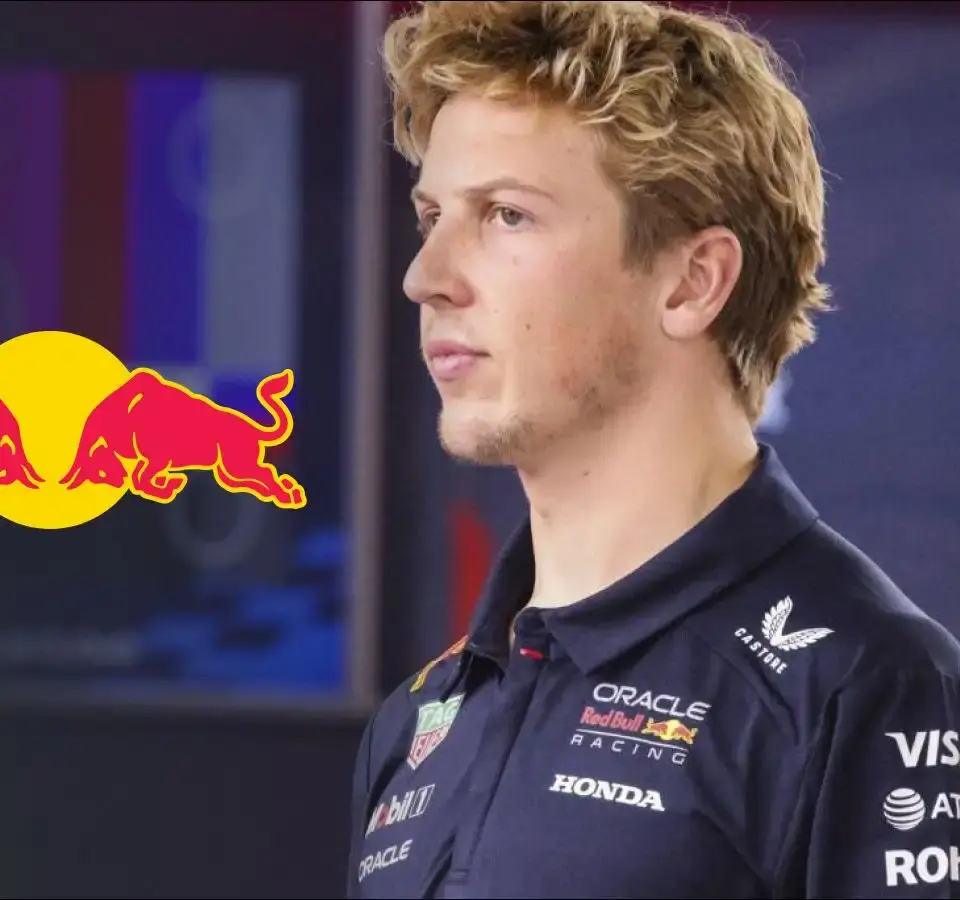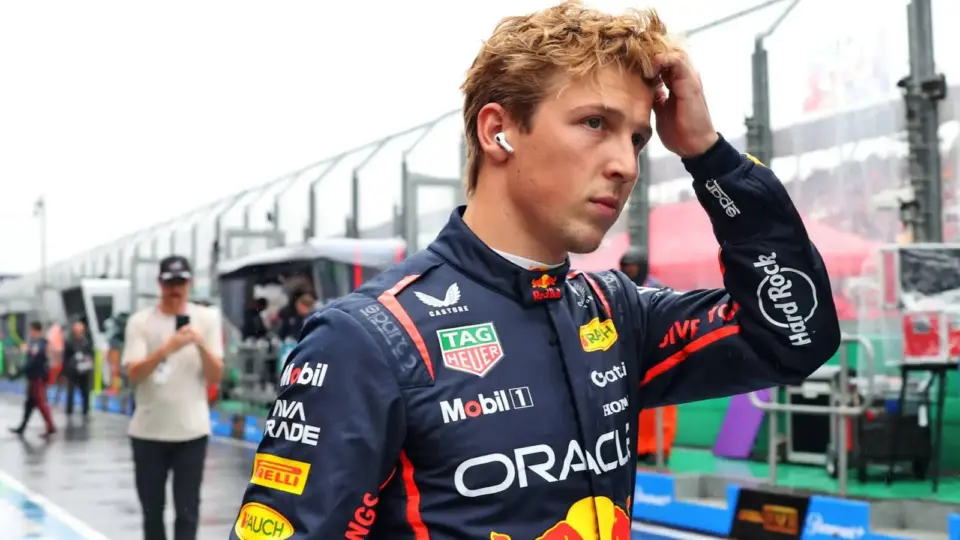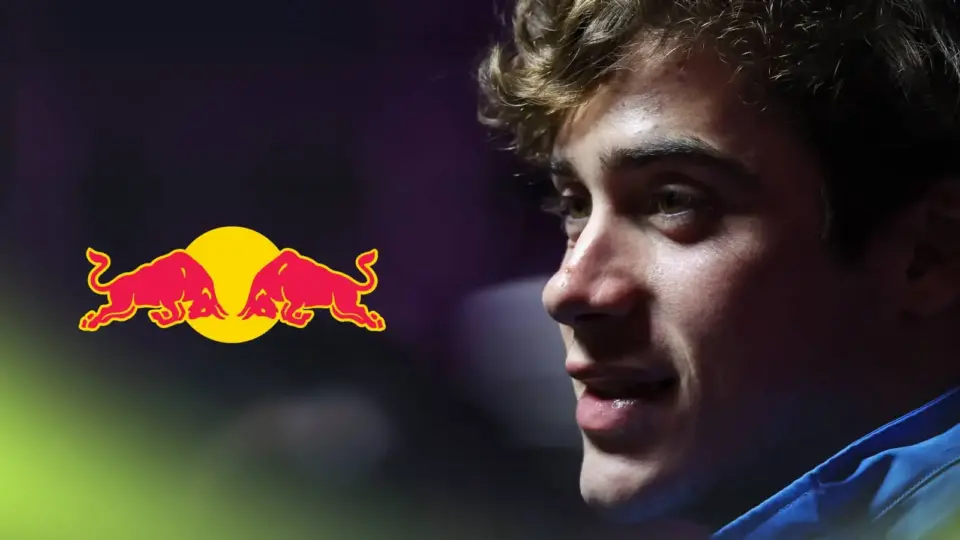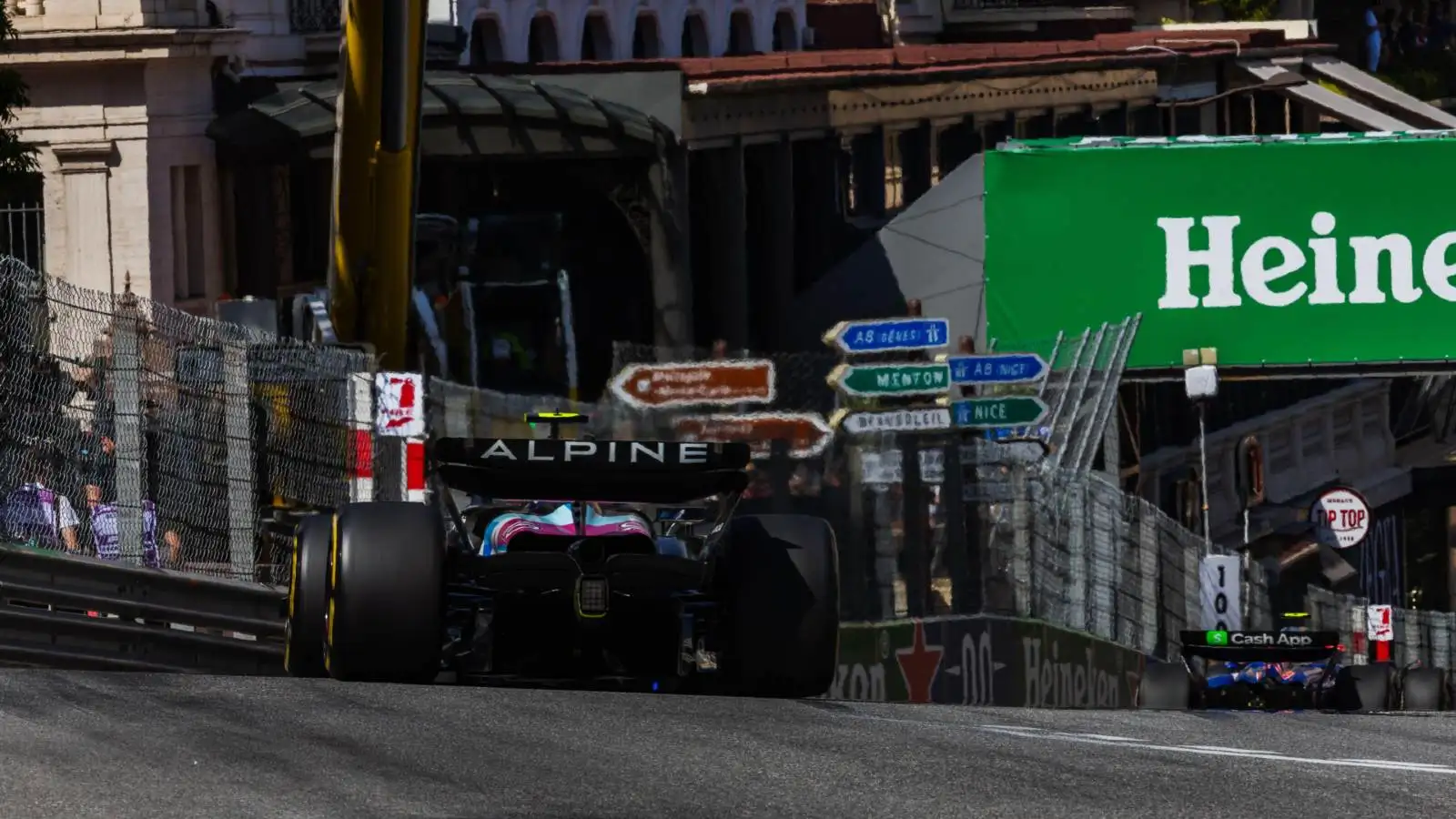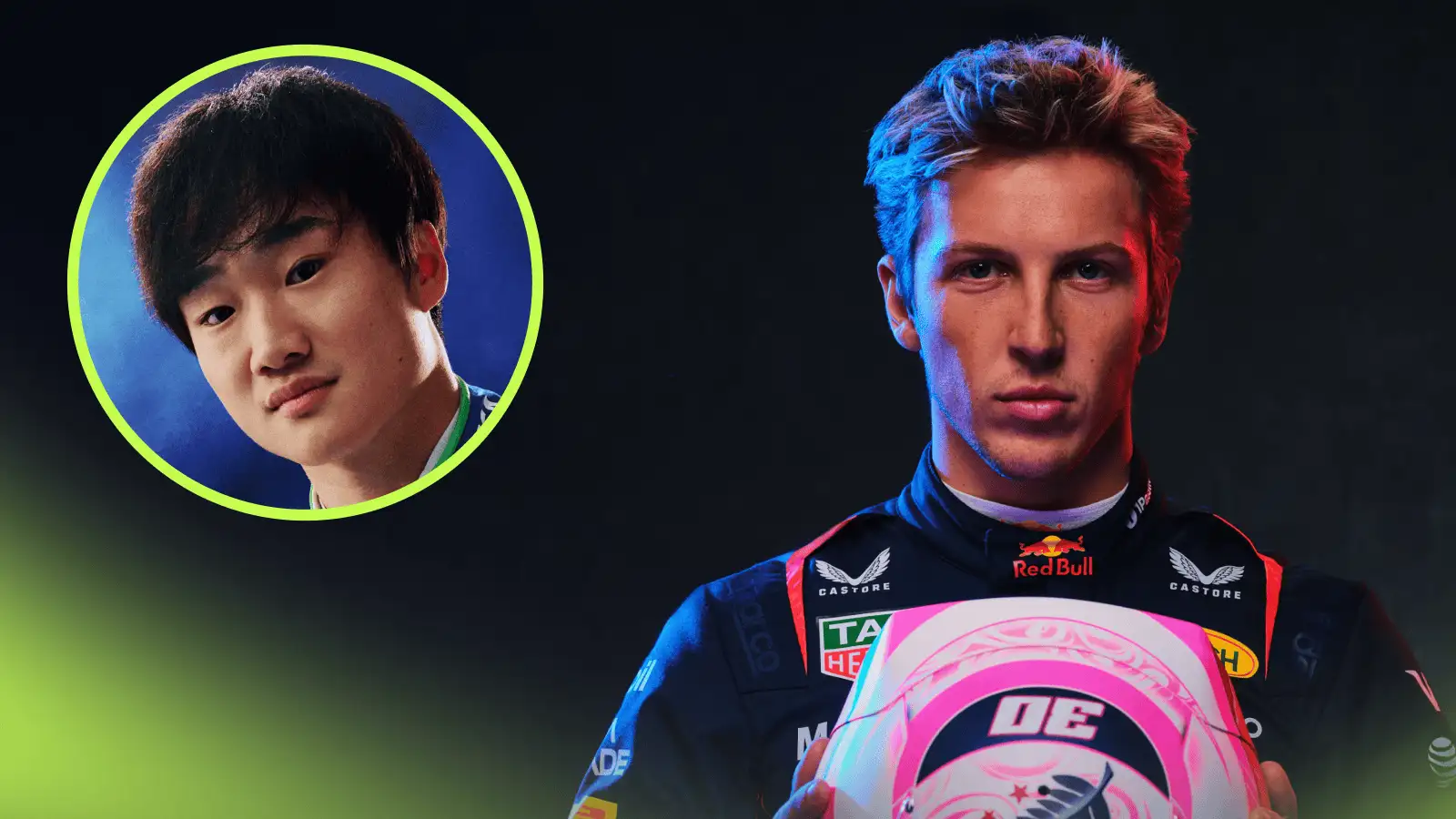In a surprising shake-up within one of Formula 1’s most prominent teams, Red Bull has decided to switch gears, placing Yuki Tsunoda in the senior team and returning Liam Lawson to Racing Bulls after just two races. This decision is rooted in challenges stemming from a critical weekend nearly three years ago, illustrating the complexities of nurturing young talent in a highly competitive environment.
The quest for the ideal teammate to support Max Verstappen has been a persistent challenge for Red Bull. Despite having a robust junior program, the team has faced a recurring issue where promising drivers like Pierre Gasly, Alex Albon, and recently Liam Lawson have struggled to find their footing. Recognizing the early signs of stress in Lawson, Red Bull acted swiftly, a move intended to shield him from a downward spiral similar to that experienced by Gasly years earlier.
Team principal Christian Horner explained that the early season ambitions were clear: to maintain the World Drivers’ Championship and reclaim the Constructors’ title. However, the performance issues surrounding the RB21 car—still a work in progress—prompted a re-evaluation. Yuki Tsunoda’s experience is now seen as crucial in refining the car. On the flip side, Lawson’s career trajectory has shifted, with the focus now on gaining experience and stabilizing his career after a rough start.
Lawson’s challenges highlight a broader issue within Formula 1: the limited testing opportunities for burgeoning drivers. With strict testing regulations, Lawson’s adaptation period has been constrained, his real-world practice limited to race weekends. While Mercedes groomed their rookie Kimi Antonelli through extensive testing, Red Bull found itself in a predicament, unable to afford Lawson the same preparation due to regulatory constraints.
The narrative also reflects on past decisions, such as choosing journeyman drivers over nurturing Lawson. This retrospective view suggests that early investment in Lawson might have led to different outcomes. Red Bull’s choice to promote drivers from outside their program while keeping Lawson in Super Formula indicates a strategic oversight, one that might have cost them valuable time in developing homegrown talent.
The competitive landscape remains intense, with Lawson now facing pressure from newer talents like Isack Hadjar and Arvid Lindblad. Red Bull’s quick pivot recognized the need for Lawson to regroup, but as Helmut Marko admitted, the initial decision to choose Lawson over Tsunoda perhaps placed undue pressure on the young driver. The team’s strategic moves embody a complex balancing act, attempting to extract the best performance while developing future stars.
Liam Lawson’s journey reflects the unpredictable nature of Formula 1, where talent must align with opportunity and timing. Red Bull’s recent decisions underscore the razor’s edge on which young drivers balance, against a backdrop of high expectations and the ever-present challenge of proving their worth. As the team recalibrates its strategy, Lawson has a chance to rebuild, thanks to a supportive move that ultimately aims to protect and nurture his potential in a less pressured setting.
